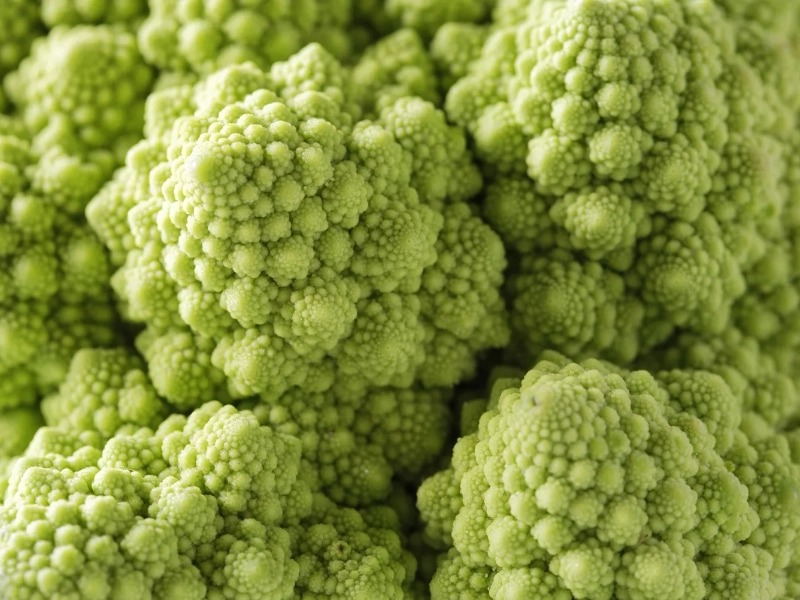
9 Amazing Fractals Found in Nature
By • Last Updated1. The Fascinating World of Romanesco Broccoli: A Mathematical Marvel in Nature

Romanesco broccoli is a captivating vegetable that fascinates both mathematicians and food enthusiasts alike, showcasing the intricate beauty of nature’s patterns. Despite its name suggesting a close relation to broccoli, this remarkable vegetable is actually a hybrid of cauliflower and broccoli, derived from various Brassica oleracea species. Romanesco broccoli stands out from its cruciferous relatives with its striking appearance, which has mesmerized observers for centuries with its hypnotic geometric shapes. Its structure serves as a perfect example of natural fractals—recurring patterns that manifest at different scales throughout the vegetable. The unique qualities of Romanesco broccoli have garnered interest across various fields, positioning it at the intersection of botany and mathematics. The vegetable’s distinctive spiral form is not just a natural phenomenon; it embodies precise mathematical principles at work in the natural world. A deeper examination of Romanesco broccoli’s growth patterns reveals a realm where the golden ratio and Fibonacci sequence come to life in an unexpected setting—our dinner plates. This vegetable offers a unique perspective on the underlying order of the universe, bridging the abstract realms of mathematics and the tangible world of biology. Its existence challenges our perception of the divide between art and science, demonstrating that mathematical beauty can be found in even the most ordinary objects. The growth pattern of Romanesco broccoli exemplifies how mathematical concepts manifest in nature. Central to its design is the golden spiral—a logarithmic spiral characterized by a growth factor of the golden ratio, approximately 1.618. This ratio, denoted by the Greek letter phi (φ), has been celebrated throughout history for its aesthetic appeal and its recurring presence in art, architecture, and nature. In Romanesco broccoli, the golden spiral is evident in the arrangement of each floret as it grows around the central stem. New buds emerge following a precise mathematical pattern, accelerating in their growth. This rapid growth creates spirals that expand by a factor of phi with every quarter turn. Consequently, the vegetable takes on a distinctive conical shape, with the tip rising taller as it matures. This process produces a self-similar arrangement where each part, albeit smaller, mirrors the whole. This self-similarity is a hallmark of fractal geometry, a branch of mathematics that studies intricate shapes exhibiting similar patterns at every scale. The presence of such sophisticated mathematical principles in a common vegetable highlights the profound connection between the biological realities of growth and the abstract world of numbers.